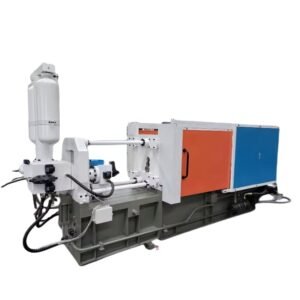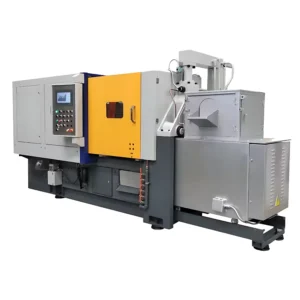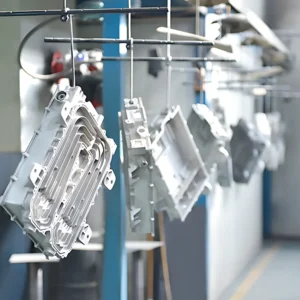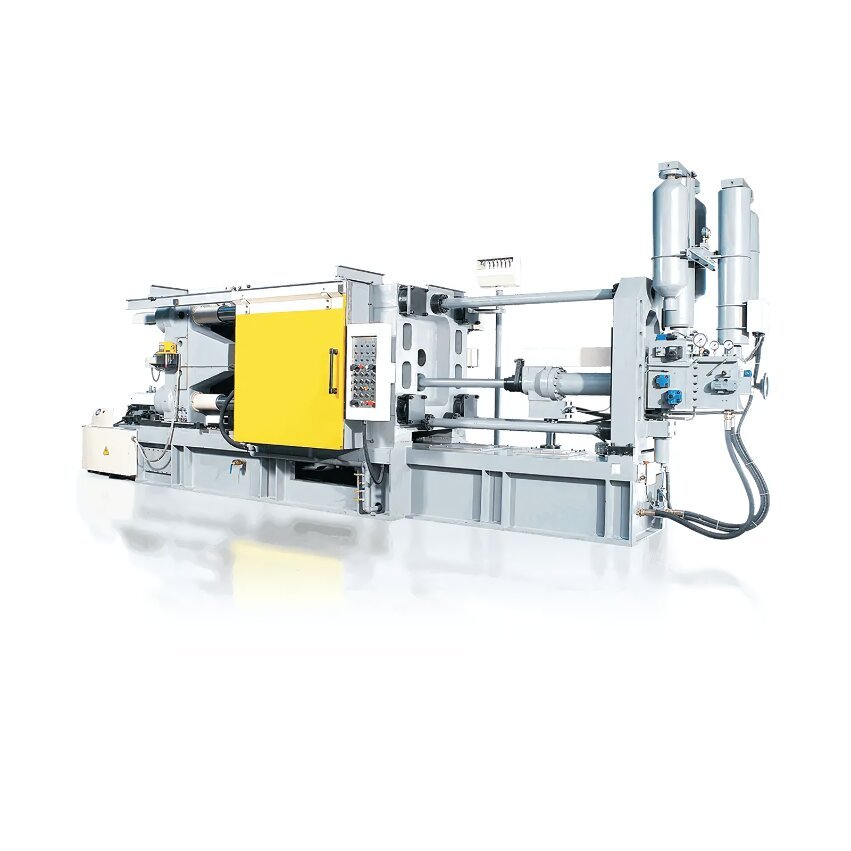Aluminum die casting is a metal forming process that melts aluminum alloy and then injects it into a steel mold under high pressure. This process can quickly produce complex and durable parts with good surface finish and dimensional consistency.
In this article, we will take you through the basics of aluminum die casting, process steps, and common applications.
Related reading: what is die casting: types, materials, advantages.
What is Aluminum Die Casting?
Aluminum die casting is a metal forming process that can produce complex aluminum alloy parts. Aluminum alloy ingots need to be heated to extremely high temperatures (approximately between 680°C and 720°C) until they are completely molten.
The liquid aluminum is then injected into the mold cavity under high pressure. After the molten aluminum solidifies, the mold separates to reveal the aluminum part.
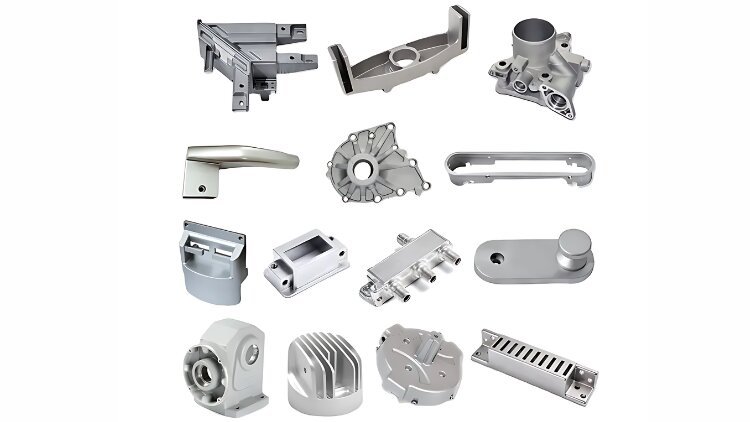
Advantages of Aluminum Die Casting
Aluminum die casting has many advantages, such as a wide range of surface treatment options for aluminum die castings, corrosion resistance, good conductivity, and good stiffness and strength-to-weight ratio.
Here is a brief list of 10 advantages of aluminum die casting:
- High precision
- Lightweight and durable
- Cost-effective
- Strong corrosion resistance
- Design flexibility
- Reusable molds
- Quick production cycle
- Good electrical conductivity
- Excellent surface finish
- Can produce parts with complex designs
Disadvantages of Aluminum Die Casting
Here is a brief list of 4 disadvantages of aluminum die casting:
- Dimensional accuracy limitations
- Rapid die wear
- Degradation of performance at high temperatures
- Risk of voids and pores
Aluminum Die Casting Process Steps
Aluminum die casting is a precision metal casting process. The following 6 points are the process steps of aluminum die casting:
- Mold setup: First, the operator needs to prepare and install the die casting mold. Before installation, it is necessary to ensure that the mold is clean, has no defects left over from previous processing, and is properly installed on the die casting machine.
- Melting and injection: After the mold is equipped, it needs to be heated to a very high temperature (approximately between 680°C and 720°C) until it is completely melted. The liquid aluminum is then injected into the mold cavity under high pressure.
- Cooling: After injection, the liquid aluminum quickly cools and solidifies in the mold.
- Removal: When the aluminum part cools and fully solidifies, it is removed from the mold. This step usually requires the use of a robot arm or other removal device.
- Trimming: The removed casting may have excess metal edges or gates, which need to be cleaned and trimmed by trimming or grinding.
- Inspection and post-processing: Each casting is quality inspected to ensure that the surface of the part is free of defects and the dimensions meet the requirements. If necessary, some surface treatment is also performed, such as painting or electroplating.
Applications of Aluminum Die Casting
Aluminum die castings have many advantages, such as light weight, durability, strong corrosion resistance, etc. Therefore, you will often see them in real life. Especially in the automotive industry and the construction industry, these fields have extremely high requirements for material performance, and aluminum die castings happen to meet these needs.
The following are some of the main applications of aluminum die castings.
Automotive industry
Because of its lightweight, aluminum alloys are widely used by automakers to produce lightweight, durable parts such as engine components, transmission components and chassis structures. This process helps reduce vehicle weight and improve fuel efficiency and performance.
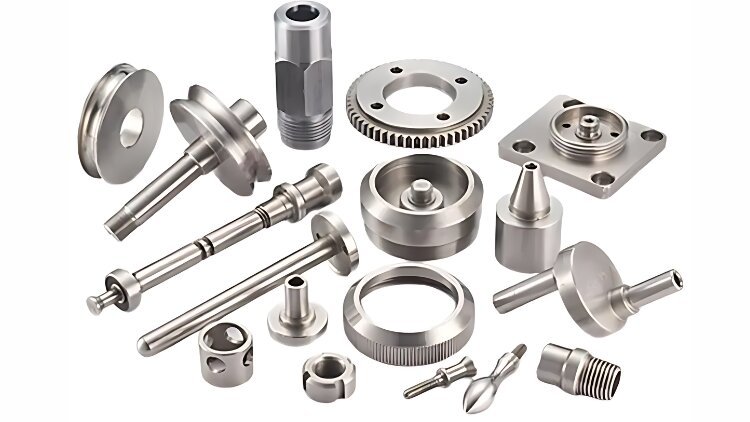
Medical industry
Due to its good rigidity and corrosion resistance, aluminum can also be found in the medical industry, for example, in surgical instruments, medical devices, and equipment housings.
Construction industry
At present, aluminum die castings have been widely used in the construction industry, such as the construction of major projects such as bridges and commercial buildings. Aluminum die castings have good corrosion resistance and rigidity, which can ensure the service life and durability of building materials.
Therefore, you will see aluminum in doors, windows, decorative panels, etc.
Electronics industry
Over the past decade, no industry has developed as rapidly as the electronics industry. Because the consumer products produced in the electronics industry have done a good job of innovation. Aluminum is the main raw material for the production of such consumer products and plays an important role.
From smartphones to sensor housings, aluminum die castings have good thermal conductivity. It plays an important role in this development process and has become the best choice for producing heat-dissipation components in the electronics industry.
Aerospace industry
Aluminum die castings usually have the characteristics of lightweight and impact resistance. In addition, lightweight and impact-resistant parts are also required by the aerospace industry. Therefore, aluminum die castings can be used in various parts of aircraft.
Some aerospace parts are made from aluminum die castings, for example: engine mounts, engine piston heads, cargo loading cases, and fuel system parts.
Industrial Equipment
In the industrial equipment industry, aluminum die castings are widely used to manufacture a variety of high-performance, high-precision mechanical parts, including: pumps, valves, machine tool components, other structural parts of heavy machinery, etc.
Aluminum Die Casting Design – Factors to Consider
When designing aluminum die castings, the following are several factors that must be considered:
Material Selection
The first thing to consider is material selection. Selecting the right material ensures that the part meets the specified working requirements and ensures the service life of the intended use. This selection depends on the mechanical properties of the material, such as strength, toughness, corrosion resistance, and heat resistance.
Wall Thickness
The second thing to consider is the wall thickness of the part. Uniform wall thickness helps prevent defects such as warping, porosity, and uneven cooling that may occur during the casting process.
Mold Design
Mold design is also an issue to consider. Designers need to optimize the mold design to ensure that the liquid aluminum can be efficiently injected into the mold, and then cooled and removed from the finished part. Mold optimization design includes: designing a cooling channel for rapid and uniform cooling. By optimizing the mold, defects such as hot spots and shrinkage can be effectively prevented, thereby improving the dimensional accuracy of the part.
FAQ
What is the Difference Between Aluminum Die Casting and Extrusion?
Aluminum die casting involves melting aluminum and injecting it into a mold under high pressure, and is well suited for long production runs due to its high precision and excellent surface finish. In contrast, extrusion forces aluminum through a die to form a continuous cross-sectional profile, and is best suited for simpler shapes.
For more information, you can check out die casting vs sand casting and die casting vs injection molding.
How to Make an Aluminium Die?
Aluminium die casting process. In the aluminum die casting process, an aluminum bar is heated and melted entirely at a high temperature and then forced into the pre-shaped mold cavity to create desired metal parts. The cold chamber of the casting machine is used in the aluminum die casting process.
What is the Minimum Thickness for Aluminum Die Casting?
Minimum casting wall thickness for aluminum: 2.5 mm, maximum of 8-10 mm. The wall thickness should be kept as uniform as possible. There should be no material accumulations.
Summary
Aluminum die casting is a precision metal forming process that produces complex parts by heating the aluminum alloy to a molten state and injecting it into a mold under high pressure. The process can produce lightweight, durable parts with excellent mechanical properties and is favored.
If you have a large number of parts to be processed, then die casting is the most cost-effective process. China Casting Synergy Group’s professional die casting services ensure that you can get the parts that meet your requirements. At the same time, to meet your various processing needs, we also provide CNC processing services. If you have any project ideas, you can contact us to get your project quotation.

